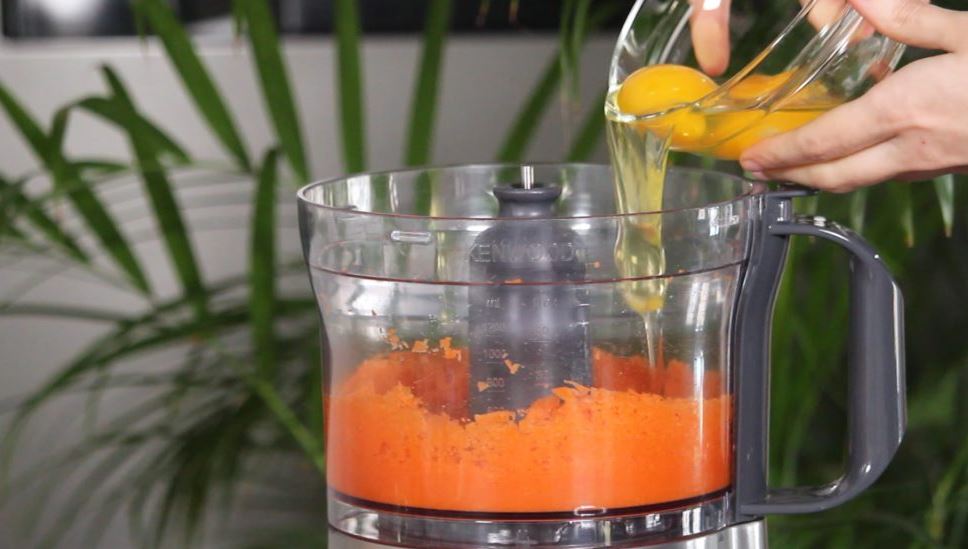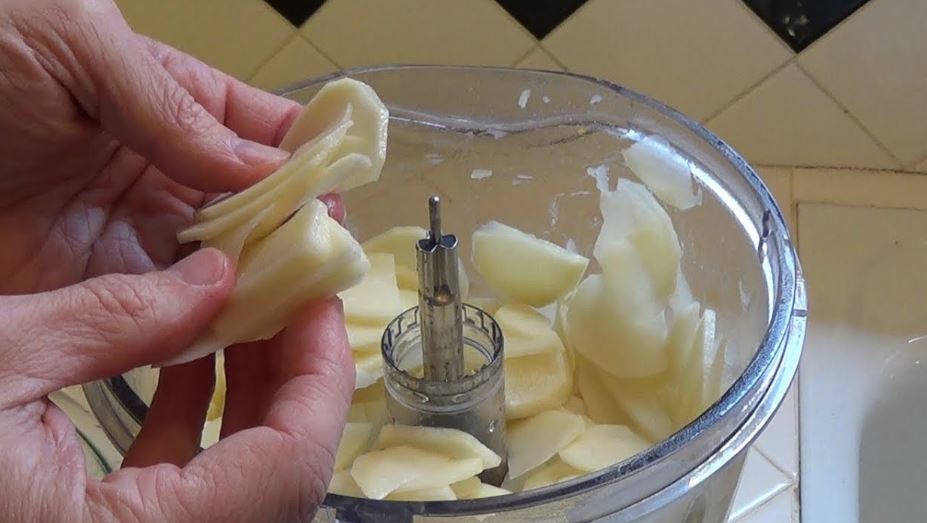While trendy little gadgets come and go, the food processor is a tried-and-true fixture. Any distinct ingredients can be chopped, sliced, shredded, and puréed using this workhorse, and it can do so much faster than you could with a knife and cutting board. The food processor was created in France to handle a variety of labor-intensive chopping tasks in the commercial kitchen.
The useful cooking device finally found its way into numerous kitchens after being modified for domestic usage. The inexpensive food processor has become a staple in modern kitchens and is indispensable when recipes call for laborious tasks like mincing or pureeing. The fact that it may be used in other situations to speed up, simplify, and improve cooking is occasionally overlooked.
Start maximizing the contributions of your kitchen assistant! Bring your food processor back to life and experiment with new uses for it. Choose a model that works well, but also consider any extra functions, such as dough hooks and tiny bowl inserts, that can be useful. This blog will outline some of the best uses of a food processor.
Never Add Food Before Inserting The Blade
Before adding ingredients, place the blade in the work bowl and ensure it is secured to the motor base. The gadget could break if the blade isn’t properly seated.
Activate The Pulse Button
Without running the risk of overprocessing, this function gives you an even chop. Otherwise, foods like onions and those with a lot of water might soon become purées. Use this to chop nuts or to prepare salsas.
Allow Hot Liquids To Cool
Bring heated items to room temperature before processing for your safety.
Blend The Ingredients For Soup Without Stock
Vegetables boiled in the stockpot should be strained out and puréed in a food processor. Without liquid, they will combine more easily. The strained liquid is then whisked back into the purée.
Meat, Poultry & Cheeses Can Be Partially Frozen
For the finest minced meat and grated cheese, get the ingredients really cold but not completely frozen before processing.
Skip The Mashed Potatoes
The food processor won’t be useful in this situation. Potatoes that have been cooked and then processed with a metal blade take on a gluey texture.
Related: How To Knead and Make Dough in Food Processor?

The Best Uses Of A Food Processor
To Swiftly Chop Vegetables, Use Your Food Processor
If you let the food processor handle the work, you can chop quickly while preparing dinner the next night without worrying about nicks or cuts. The majority of the time, the preparation only necessitates cutting the product into chunks. The food processor also makes difficult tasks, like chopping a bunch of onions, simple and painless. A food processor keeps the onions and blade enclosed, keeping the entire process (and unpleasant fumes) contained. Use brief pulses when chopping onions and other soft fruit, such as tomatoes or plums, to prevent the component from becoming pulp.
You Can Make Flour Out Of Butter In Your Food Processor
You’re going to enjoy using the food processor to create perfect pie crust, soft scones, and biscuits, or shortbread butter cookies if you haven’t already. Because the blade can cut the butter with the flour before the butter becomes too warm, these kinds of flaky, soft pastry doughs are well suited for food processing. Start with very cold (or even half frozen) butter cubes and pulse to combine for best results. Depending on the directions in the recipe, you can either continue to make your pastry by hand mixing or by using a food processor.
Use A Food Processor To Combine Sauces & Dips
When cooking hummus at home, you want it to be smooth and creamy. Blending those tough chickpeas into submission is the difficult part. Although the beans are thick and have stiff skins even when canned, the food processor’s cutting blade and a little heat will make short work of the task. Start with warm, cooked beans because they will be easier to break down. Although softer beans might not require the stage of boiling, you can combine other bean dips in your food processor.
Utilizing A Food Processor, Combine & Knead Bread Dough
With the help of a food processor, mixing and kneading bread is extremely simple and quick. Just mix the ingredients, turn on the machine, and wait for the produced dough to pass over the top of the blades. The dough should next be given a little hand kneading before rising and baking. To test the technique, run a French bread recipe through your food processor. Stickier bread doughs, such as focaccia and brioche, should not be mixed together since they have a tendency to coil up on the blade.
Make Bread Crumbs In Your Food Processor By Tearing Them
If you have a lot of leftover bread or want to experiment with the flavor or texture of your crumbs, choose homemade instead of store-bought bread crumbs. You can create your own flavor combinations, such as bread crumbs with Italian or Cajun flavors, or you can make plain bread crumbs that are lightly toasted in butter or olive oil. Create your own panko using whole wheat bread rather than taking the chance of ruining a delicious chicken Parmigiana with poor bread crumbs.
Related: Food processor vs Blender: Which one should you have in your kitchen?

Additional Food Processor Tricks
Consider employing some of these food processor techniques and tips.
- Make flour out of oats: Rollin oats can be ground into flour and used for baking and other cooking tasks, but hard grains like spelt and wheat berries won’t grind into a powder.
- Granulated sugar can also be ground into homemade powdered sugar using the same grain. Add a little cornstarch to your powdered sugar to help dry up any moisture to stop it from clumping.
- Make a batch of frozen yogurt or ice cream: The secret is to freeze the ingredients first, and then use the food processor’s chopping blade to mix them while they are still frozen.
- Create your own Nutella: The ideal instrument for turning the lumpy nuts into a paste and adding decadent chocolate is a food processor.
We believe you should have your own sous chef if you spend a lot of time in the kitchen. Despite having all the bells and whistles you could want, including an additional work bowl with a capacity of 212 cups for sauces, herbs, and the like, plus a storage caddy, the processor is not even close to being the most costly on the market. Buy a food processor and help yourself out for some of the most frequent chores in your kitchen!
